| Structure | Name/CAS No. | Articles |
|---|---|---|
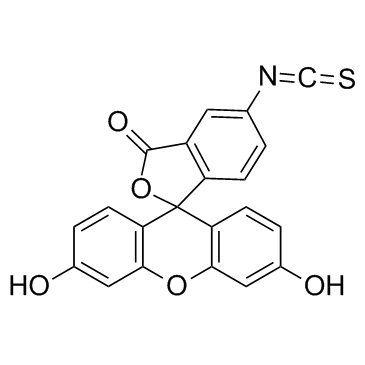 |
Fluorescein isothiocyanate
CAS:3326-32-7 |
|
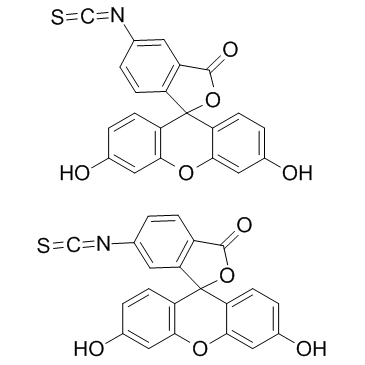 |
fluorescein 5-isothiocyanate
CAS:27072-45-3 |
|
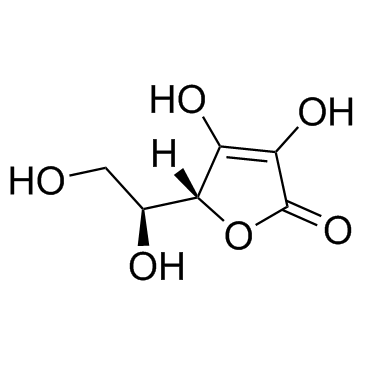 |
Ascorbic acid
CAS:50-81-7 |
|
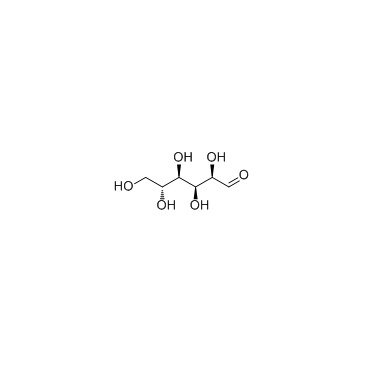 |
D-(+)-Glucose
CAS:50-99-7 |
|
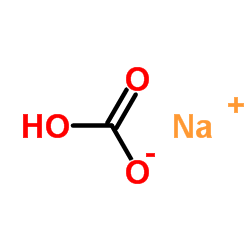 |
SodiuM bicarbonate
CAS:144-55-8 |
|
 |
Sodium selenite
CAS:10102-18-8 |
|
 |
HEPES
CAS:7365-45-9 |
|
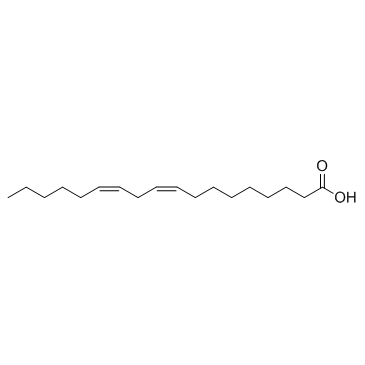 |
Linoleic acid
CAS:60-33-3 |
|
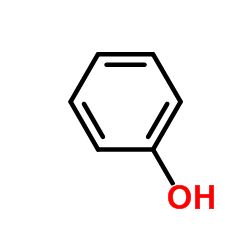 |
Phenol
CAS:108-95-2 |
|
 |
oleic acid
CAS:112-80-1 |